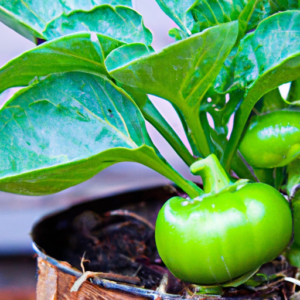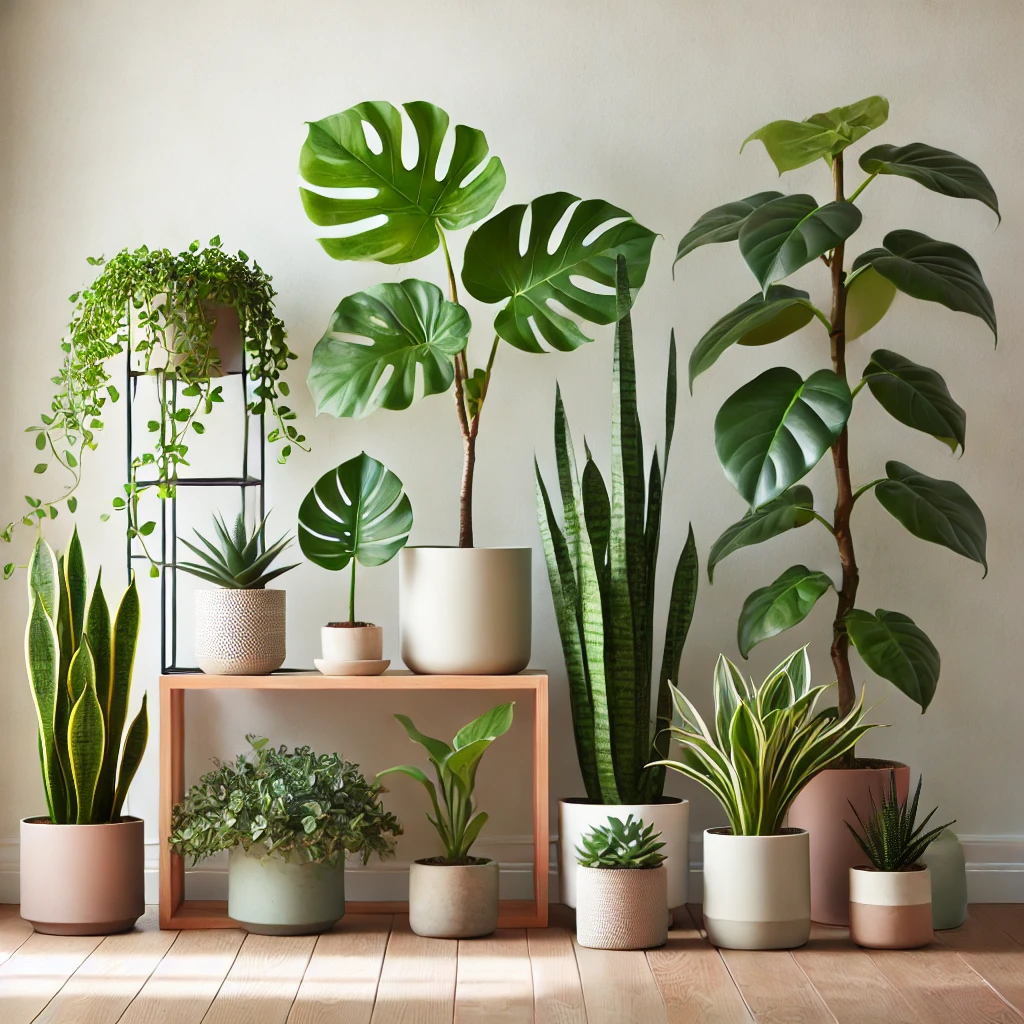Whether you are a seasoned gardener or just starting out, “How To Grow Calabrese” is the perfect guide to help you successfully cultivate this delicious and nutritious vegetable. Packed with easy-to-follow instructions and practical tips, this product provides all the essential information you need to grow your own calabrese at home. From selecting the ideal planting location to caring for your plants throughout their growth, “How To Grow Calabrese” will empower you to have a bountiful harvest of this delectable vegetable. Say goodbye to store-bought calabrese and hello to homegrown goodness with this comprehensive guide.
Choosing a Location
When it comes to growing calabrese, choosing the right location is key to a successful harvest. Here are a few factors to consider:
Sunlight Requirements
Calabrese thrives in full sun, so it’s important to choose a location that receives at least six to eight hours of direct sunlight each day. Look for an area in your garden that is not shaded by trees, buildings, or other structures.
Soil Conditions
Calabrese prefers well-draining soil that is rich in organic matter. Before planting, it’s important to test the soil pH to ensure it falls within the optimal range of 6.0 to 7.0. If the soil is too acidic, you can add lime to raise the pH, and if it is too alkaline, you can amend it with sulfur or peat moss.
Spacing
Since calabrese plants can grow quite large, it’s important to give them enough room to spread out. Space the plants about 18 to 24 inches apart in rows that are 2 to 3 feet apart. This will allow for proper air circulation and minimize the risk of diseases.
Preparing the Soil
Once you have selected the perfect location for your calabrese, it’s time to prepare the soil for planting. Follow these steps to ensure your plants have the best growing conditions:
Clear the Area
Start by clearing the area of any weeds, grass, or debris. This will help prevent competition for nutrients and ensure that the calabrese plants have access to all the resources they need to thrive.
Loosen the Soil
Using a garden fork or tiller, loosen the soil to a depth of at least 8 to 10 inches. This will help improve drainage and allow the roots of the calabrese plants to penetrate the soil more easily.
Add Organic Matter
To further improve the soil quality, incorporate organic matter such as compost, well-rotted manure, or leaf mold. These materials will help retain moisture, improve fertility, and provide essential nutrients for the growing plants.
Starting Seeds Indoors
If you want to get a head start on your calabrese garden, you can start the seeds indoors. This will give you a jump on the growing season and allow you to transplant healthy seedlings into the garden when the time is right. Follow these steps to successfully start calabrese seeds indoors:
Choosing the Right Time
Start your calabrese seeds indoors about four to six weeks before the last expected frost date in your area. This will give the seedlings enough time to grow strong and healthy before they are transplanted into the garden.
Gathering Supplies
To start the seeds indoors, you will need containers or seed trays, a good quality seed starting mix, and a warm location with plenty of natural light or artificial grow lights. Make sure the containers have drainage holes to prevent water from accumulating and causing root rot.
Sowing the Seeds
Fill the containers with the seed starting mix and moisten it slightly. Plant the calabrese seeds about 1/4 inch deep and cover them with a thin layer of soil. Place the containers in a warm location and keep the soil moist but not waterlogged. Once the seedlings have emerged, provide them with plenty of light to ensure healthy growth.
Transplanting Seedlings
When the threat of frost has passed and the seedlings have grown strong, it’s time to transplant them into the garden. Follow these guidelines to ensure a successful transition:
Preparing the Seedlings
Before transplanting, it’s important to harden off the seedlings to acclimate them to outdoor conditions slowly. Gradually expose them to outdoor temperatures, starting with a few hours a day and increasing the time over the course of a week. This will prevent shock and give the seedlings a higher chance of survival.
Timing the Transplant
Transplant the hardened-off seedlings into the garden when they are about 4 to 6 inches tall. Choose a cloudy day or transplant in the late afternoon to minimize stress on the plants. Dig a hole that is slightly larger than the root ball, place the seedling in the hole, and gently firm the soil around it.
Transplanting Techniques
When transplanting calabrese seedlings, make sure to bury them up to their first set of true leaves. This will encourage stronger root development and a sturdier plant. Space the transplants according to the recommended spacing guidelines to ensure proper airflow and prevent overcrowding.
Watering and Fertilizing
Proper watering and fertilizing are essential for the healthy growth of calabrese plants. Here are some guidelines to follow:
Establishing a Watering Schedule
Calabrese plants require consistent moisture to thrive. Water deeply and evenly, making sure the soil is moist but not waterlogged. It’s best to water in the morning, as this allows the foliage to dry before evening and reduces the risk of diseases.
Choosing Fertilizers
Calabrese plants benefit from a balanced fertilizer that is rich in nitrogen. Look for a slow-release fertilizer or use organic options such as compost or well-rotted manure. Avoid excessive nitrogen fertilizers, as they can lead to lush foliage but poor flower and fruit development.
Applying Fertilizers
Apply fertilizer according to the recommended rates, taking care not to over-fertilize, as this can result in nutrient imbalances and damage to the plants. Water the plants after applying fertilizer to ensure that it reaches the root zone and is absorbed by the plants.
Managing Pests and Diseases
To protect your calabrese plants from pests and diseases, it’s important to be proactive and take preventive measures. Here’s what you can do:
Identifying Common Pests
Common pests that can affect calabrese plants include aphids, cabbage worms, slugs, and snails. Monitor your plants regularly and be on the lookout for signs of infestation, such as chewed leaves or sticky residue. Identifying the pest early allows you to take appropriate action before they cause significant damage.
Preventing Pest Infestations
To deter pests, consider using physical barriers such as row covers or netting. These can prevent insects from reaching your plants while still allowing sunlight and air circulation. Additionally, companion planting can help repel pests naturally. For example, planting marigolds or nasturtiums near your calabrese can deter aphids and other pests.
Treating Diseases
Calabrese plants are susceptible to diseases such as clubroot, black rot, and downy mildew. To prevent these diseases, practice good garden hygiene by removing and destroying infected plants immediately. Remove any fallen debris and maintain proper spacing between plants to promote good airflow. Fungicidal sprays may be used as a last resort if diseases become severe.

Supporting the Plants
As calabrese plants grow, they may require support to prevent bending or breaking. Here are some methods for supporting your plants:
Staking or Caging
To provide support for larger calabrese varieties, use stakes or cages. Place the stakes or cages in the ground near each plant and gently secure the stems to them using garden twine or soft plant ties. This will prevent the plants from bending under the weight of the foliage and ensure upright growth.
Tying the Plants
If the calabrese plants have side shoots or broccoli heads that become top-heavy, use garden twine to tie them to the stake or cage. This will provide additional support and prevent the stems from snapping or leaning.
Pruning Side Shoots
To encourage larger calabrese heads, it may be necessary to remove side shoots that divert energy from the main head. Use sharp garden scissors or pruners to carefully cut off the side shoots where they meet the stem. This will redirect energy to the main head, resulting in a larger and more flavorful harvest.
Harvesting Calabrese
Harvesting calabrese at the right time is crucial for the best taste and quality. Here’s how to determine when your calabrese is ready to be harvested:
Identifying Maturity
Calabrese heads are typically ready to be harvested when they reach a compact size and have tight, green florets. Avoid waiting too long to harvest, as the heads can quickly become overripe and develop a bitter taste. Look for heads that are firm and have not yet started to flower.
Harvesting Techniques
To harvest calabrese, use a sharp knife or garden scissors to cut the head off the plant just above the lower leaves. Take care not to damage the surrounding foliage or nearby heads that are still developing. Harvesting the central head will often encourage side shoots to form, providing multiple harvests throughout the season.
Storing and Using
Calabrese is best enjoyed fresh, but if you have an excess harvest, it can be stored in the refrigerator for up to a week. Wrap the heads in a damp paper towel and place them in a plastic bag or container. Avoid washing the heads before storing, as excess moisture can cause spoilage. Calabrese can be enjoyed raw in salads, steamed, sautéed, or used in a variety of delicious recipes.

Propagating Calabrese
If you want to continue growing calabrese plants in future seasons, here are some methods for propagating:
Saving Seeds
To save seeds from mature calabrese plants, allow the heads to fully mature and go to seed. Cut off the heads and hang them upside down in a cool, dry location to dry. Once dry, gently remove the seeds from the heads and store them in a cool, dark place until the next planting season.
Collecting Cuttings
Calabrese can also be propagated through cuttings. Take cuttings from healthy, disease-free plants and root them in a container filled with moistened seed starting mix or perlite. Keep the cuttings in a warm and humid environment until roots form, then transplant them into individual pots or into the garden.
Starting New Plants
If you prefer to start fresh each season, you can sow new calabrese seeds directly in the garden. Follow the same planting guidelines as mentioned earlier, making sure to provide the seeds with proper sunlight, moisture, and nutrients. This method is convenient and allows you to enjoy a continuous harvest throughout the growing season.
Conclusion
Growing calabrese can be a rewarding experience that yields delicious and nutritious heads. By choosing the right location, preparing the soil, starting seeds indoors, transplanting seedlings, managing pests and diseases, supporting the plants, harvesting at the right time, and considering propagation methods, you can ensure a successful calabrese garden. Remember to follow the guidelines for each step, and don’t forget to enjoy the rewards of your hard work and patience. Happy growing!




